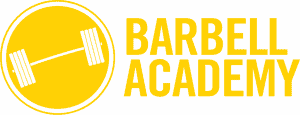If you can’t measure it, you can’t improve it. Truer words were never spoken. A fitness training program like this example looks great on paper but, when it comes down to it the effectiveness is in the results. So, how do you know it’s working? There are simple measurements that can be taken to help guide you along the way.
Body weight measurements are probably the most common method of measuring success. They are key elements for calorie estimates and weight averages. However it should be noted that they can be slightly deceiving. Sometimes during a weight training program the scale doesn’t move but physical changes are present. That is because the body has gained more muscle mass and reduced the amount of body fat it is carrying. Therefore weight measurements should be only one of the data points gathered.
Body composition measurements are another method. This includes calculating the percentage of body fat to fat-free tissue. Which can be done through skinfold measurements, handheld devices or smart scales. Body circumference measurements check the girth of body segments. They’re great for comparing symmetry and overall change. These are easy to do and only require a measuring tape.
Lastly a great method for checking progress is increased strength. Which can be checked by increases in weight moved, sets performed, repetitions completed and/or level of intensity. More often than not if your training plan is working in this regard and you are following a method of progressive overload the weight should go up with each training session.
